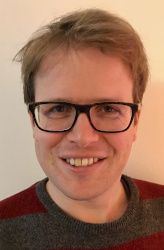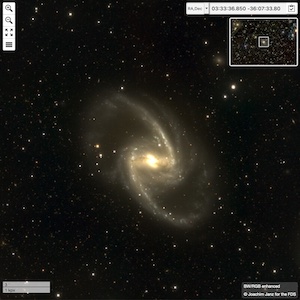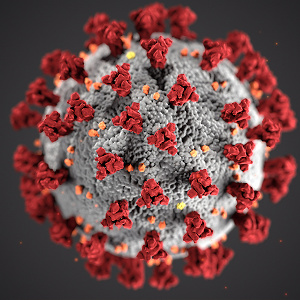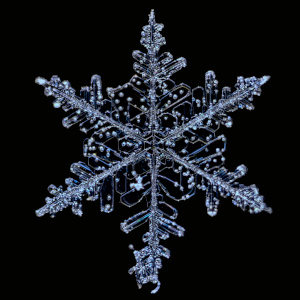About Me

I am a scientist by education. My career in astronomy trained me to solve problems rigorously and with an analytic approach.
Most commonly I use python and C++ as my tools. For observational data I regularly develop data processing pipelines, most recently for the Euclid mission of the European space agency. The adaptation of additional languages and tools in my work are a testament to my quick learning abilities.
I gained ample experience with procuring data and interpreting them using statistical and other methods. For the data collection I became skilful in communicating goals to observing time committees of the largest telescopes, as well as in finding and processing available data.
I contributed to the work of international teams, supervised students, and taught university courses. Examples of my work (as well as personal interests) can be found below.


